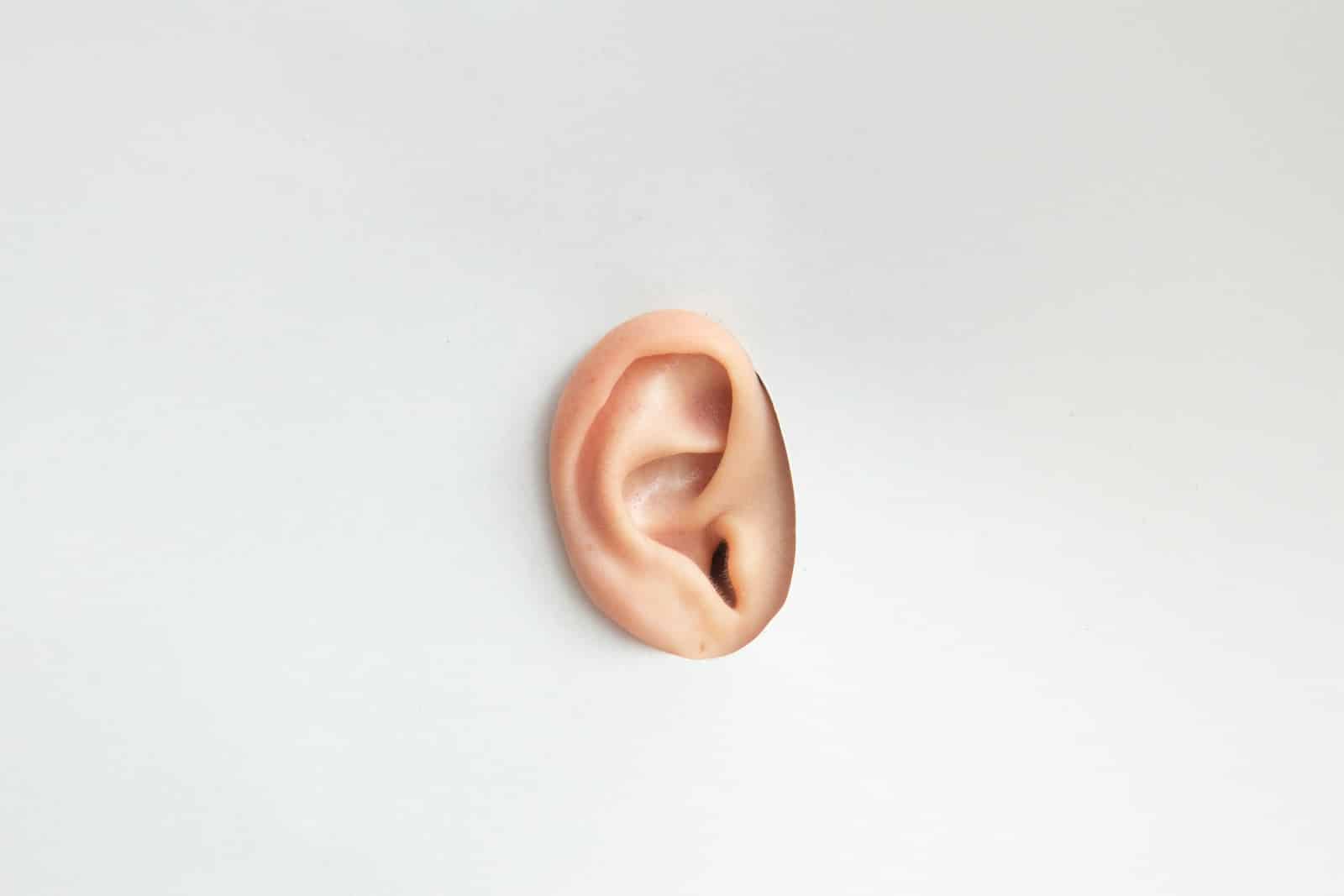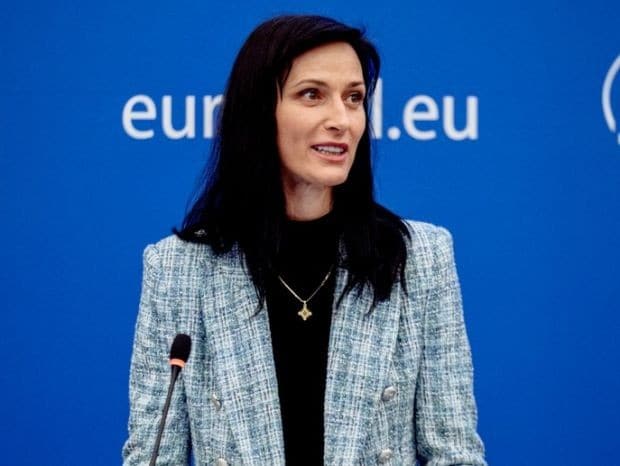Hearing loss affects about 48 million Americans and 430 million people worldwide, with those numbers expected to grow as populations age.
More than 90 percent of individuals affected have sensorineural hearing loss, caused by damage to the inner ear and the destruction of the hair cells responsible for relaying sounds to the brain.
Hair cells cannot be regenerated in mammals, including humans, because unlike other cells in the body, any remaining hair cells in the inner ear cannot divide and other inner ear cells cannot convert into new hair cells. However, species like fish, birds, and reptiles possess this ability.
For this reason, effective hearing loss treatments for humans have eluded medicine, and the loss of hair cells, which can be caused by aging, noise exposure, and other factors, renders an individual’s hearing loss permanent.
Now, Harvard Medical School scientists at Mass Eye and Ear are hopeful they’ve developed a solution to address this longstanding limitation.
A research team led by Zheng-Yi Chen, an HMS associate professor of otolaryngology and associate scientist in the Eaton-Peabody Laboratories at Mass Eye and Ear, reported creating a drug-like cocktail of different molecules that successfully regenerated hair cells in a mouse model by reprogramming a series of genetic pathways within the inner ear.
The researchers hope their novel findings, published in PNAS, could one day pave the way for clinical trials for a gene therapy that can be administered to people with hearing loss.
“These findings are extremely exciting because, throughout the history of the hearing loss field, the ability to regenerate hair cells in an inner ear has been the holy grail,” said Chen. “We now have a drug-like cocktail that shows the feasibility of an approach we can explore for future clinical applications.”
New approach to achieve hearing loss treatment
Previously, Chen’s research team studied zebrafish and chickens to uncover which pathways were responsible for inducing the cell division required to regenerate new hair cells. They discovered that two molecular signaling pathways, , were crucial to this process.
In a study published in 2019, the team showed for the first time that when these pathways were activated in adult transgenic mice, remaining inner ear cells could divide and develop characteristics of hair cells.
The new cells contained transduction channels that relay sound signals and the ability to form connections with auditory neurons — processes essential to hearing.
While an exciting discovery at the time, such an approach was not directly translatable to people, according to Chen. Unlike transgenic mice, humans cannot turn Myc and Notch pathways on like a light switch.
A drug therapy, he explained, would have to be introduced to the inner ear to activate the Myc and Notch pathways.
Previous studies have shown that a chemical compound called valproic acid can activate Notch. However, no molecule exists to activate Myc effectively. That led the researchers to instead look for drug molecules that can alter the downstream pathways that turn on and off when Myc is activated.
Through single-cell RNA sequencing, they discovered that activating Myc and Notch led to a downstream effect in which two other pathways, Wnt and cAMP, became activated. Importantly, they found chemical compounds that can directly activate Wnt and cAMP.
They then used small biological molecules called small interfering RNAs (siRNAs) to remove genes downstream that suppressed the activation of the Myc pathway.
“Think about a brake when driving a car,” explained Chen. “If the brake is always engaged, you can’t drive. We found an siRNA that could remove the brake in this genetic pathway.”
The researchers then combined the chemical compounds and siRNA molecules into a drug-like cocktail. They delivered it to the inner ear of a normal adult mouse with damaged hair cells — an important distinction, as wild-type, non-transgenic mice would be more translatable to humans.
They further delivered the gene Atoh1 by a gene therapy approach that utilizes a harmless adenovirus into the cocktail-treated inner ear.
Remarkably, they found this drug-like cocktail combined with adenovirus turned on Myc and Notch, which led to the regeneration of new hair cells. They verified that the hair cells were functional through advanced imaging and other techniques.
Regenerating hair cells through gene therapy approach
Studies like Chen’s show the promise of gene therapy for treating incurable conditions like hearing loss. Last year, this research project was selected out of hundreds as one of the Disruptive Dozen gene and cell therapy technologies most likely to significantly impact health care over the next several years at the Mass General Brigham World Medical Innovation Forum.
Mass General Brigham recently launched its Gene and Cell Therapy Institute to help translate scientific discoveries made by researchers like Chen into first-in-human clinical trials and life-changing treatments for patients.
The researchers are conducting ongoing studies and refinements to this treatment approach in larger animal models, which are necessary before applying to initiate clinical trials.
They note that more research is needed to address limitations and challenges for delivering a treatment to the inner ear.
Scientists are examining different gene therapy and surgical methods, including an approach previously honed at Mass Eye and Ear, in which a different viral vector called an adeno-associated virus (AAV) was able to precisely and safely deliver gene therapy to the inner ear through a novel surgery.
Similar AAV-surgical approaches are currently used at Mass Eye and Ear in approved and experimental drug therapies for patients with inherited retinal disorders that can lead to blindness.
“My colleagues and I frequently are contacted by people with hearing loss who are desperate for effective treatments,” said Chen. “If we can combine a surgical procedure with a refined gene therapy delivery method, we hope we can achieve our number one goal of bringing a new treatment into the clinic.”
Source: HMS













